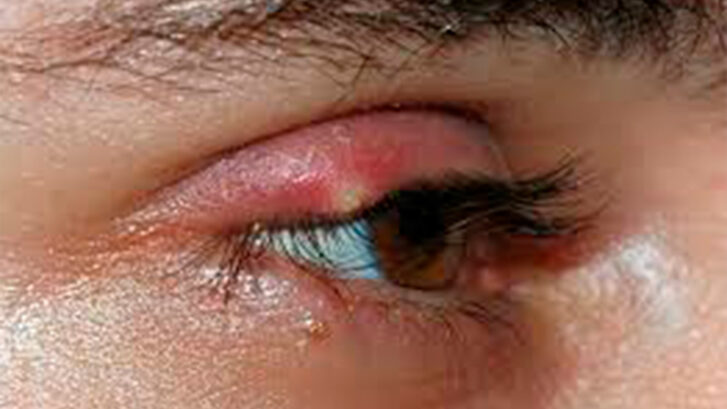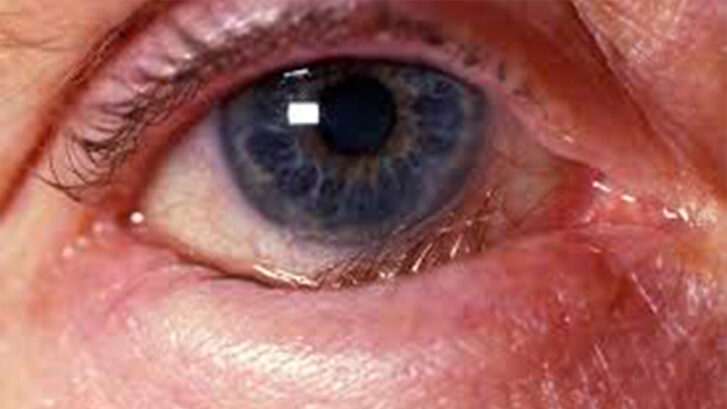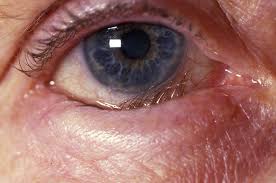What is a stye or hordeolum or Chalazion? How can you tell what is what?
It is very common that out of nowhere a red and even painful “little bump” could appear on the margin or on the eyelid itself. It is not unusual that people would tell you: “you have a stye.” Some will even tell you that you have a “chalazion.” It’s so confusing!!! Is it stye or is it chalazion? And what is a stye? And what is a chalazion? Let’s start by defining each one.
Stye (or hordeolum) is a lesion at the level of the eyelid that is frequently associated with a bacterial infection. As it is an infection, it is usually red, this might be tender and slightly warm on palpation. There is a high probability that the infection will spread to the entire involved eyelid. This can originate from the base of the eyelashes or on the eyelid itself. That is why it is common to hear the term internal stye, or external stye.
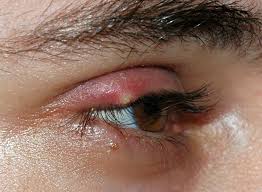
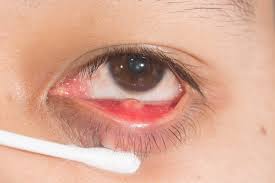
• External stye refers to an infection in the eyelash follicle, it looks like an infected pimple on the edge of the eyelid.
• Internal stye refers to an infection of one of the oil producing glands on the edge of the eyelid, this is often related to blepharitis (infection of the eyelashes).
As noted, the differentiation between a stye and a chalazion is very technical, and definitely requires an assessment by a specialist in the field. An ophthalmologist could be very helpful, and perhaps even better; the expertise of an oculoplastic surgeon.
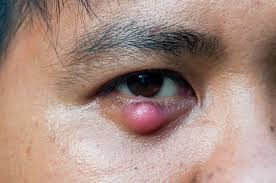
Chalazion is a lesion in a deeper location of the eyelid, and usually occurs due to the occlusion of some of the oil-producing glands that are located on the margin of the eyelid, behind the eyelashes. This occlusion may or may not be infected. Most of the time, the chalazion can start as an internal stye. It is usually not painful, and it may look a little red and grows over time. This growth can produce a mass effect against the eyeball, leading to blurred vision.
The initial treatment of a stye is the cleaning of the eyelids and eyelashes. The application of warm means or compresses could make the pores of the eyelashes and those of the oil-producing glands in the margin of the eyelids (glands of meibomian) open and drain the remains of inflammation. When the style does not resolve in 3 days with external measures, it is best to consult the eyelid specialist. Depending on the degree of infection, it is likely that the treatment could range from topical to even oral antibiotics. In the case of chalazions, the therapeutic options could be from a simple steroid shot to the affected gland to surgery (curettage). The eyelid specialist can recommend the best option.
In Costa Rica, Dr. Lin Yang is an eyelid specialist with extensive experience in conditions in this area. Contact us to schedule your appointment. Tels:+506 6084-3238 / +506 22898137

